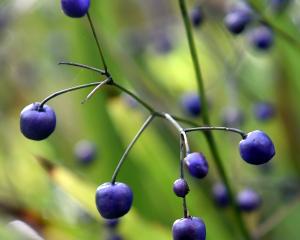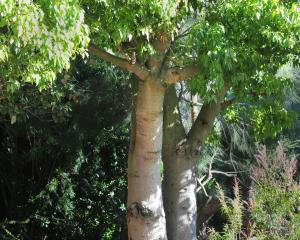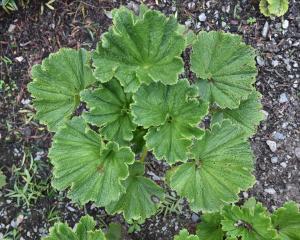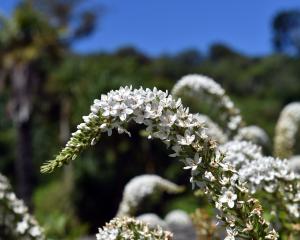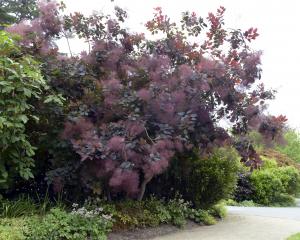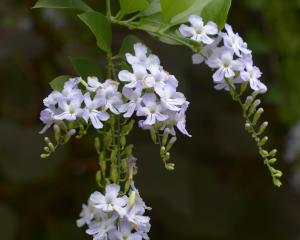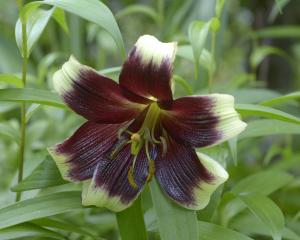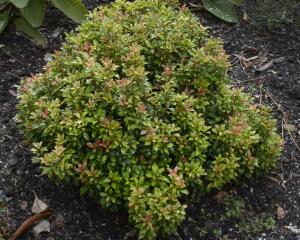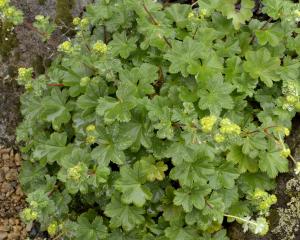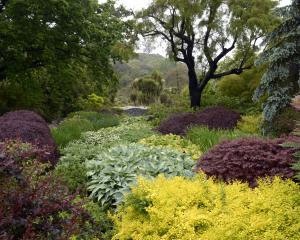Descriptive Latin is often used as the basis of a botanical name.
Not only does this make them delightful to pronounce, but has the wonderful side effect of making the names much easier to remember, as we can relate them to the plant.
Globularia cordifolia was named in 1753 by Carl Linnaeus, inspired by the spherical flower heads and the heart-shaped leaf.
Globularia is in Plantaginaceae, a large plant family that includes plantain, foxglove, hebe, veronica and snapdragon. It is an evergreen woody-based perennial which hugs the ground, crawling over rocks.
The leaves, which are small, shiny and leathery, are a bit like a tiny wooden spoon with a notch in the end.
In spring the flower heads are held upright and begin as a tightly packed dark purple ball. As the tiny individual flowers open, lighter coloured petals expand outwards creating a shaggy powderpuff effect.
These last for several weeks.
Globularia cordifolia requires a sunny position with well-drained soil and will tolerate drought once it is established. It is great tumbling over a rock garden, or as a ground cover at the front of a border.
Native to limestone scree slopes throughout the European alps and Pyrenees, it grows well in the rock garden at Dunedin Botanic Garden, where it has been planted in several places.
- Robyn Abernethy is the rock, water and alpine curator at Dunedin Botanic Garden.

